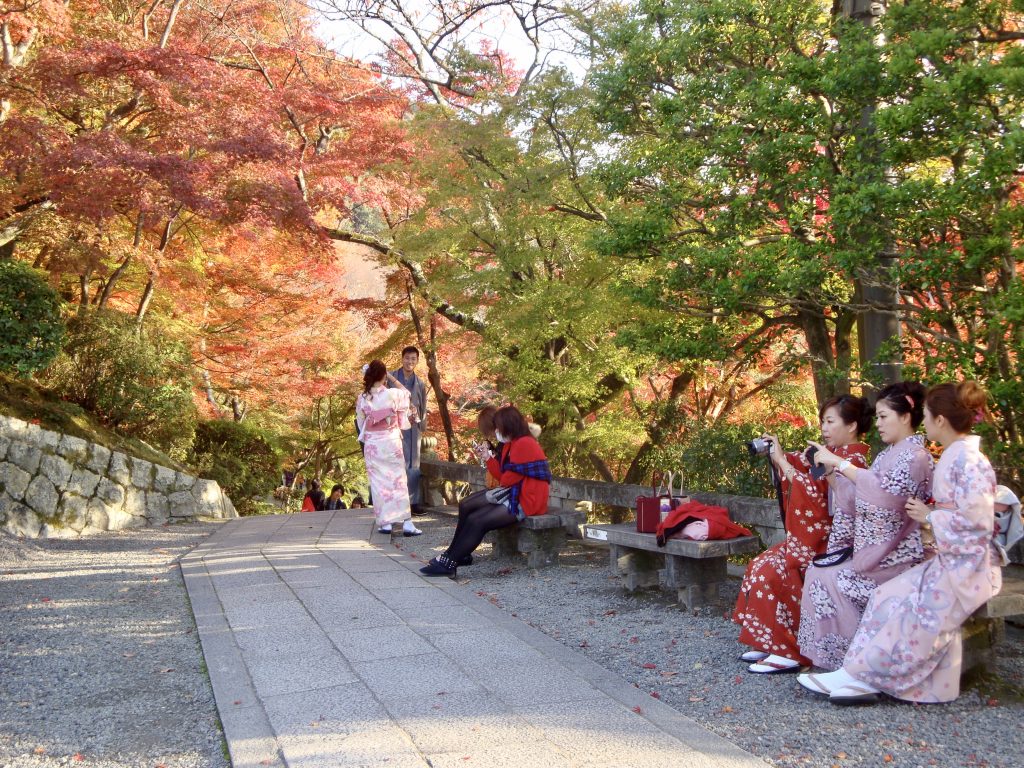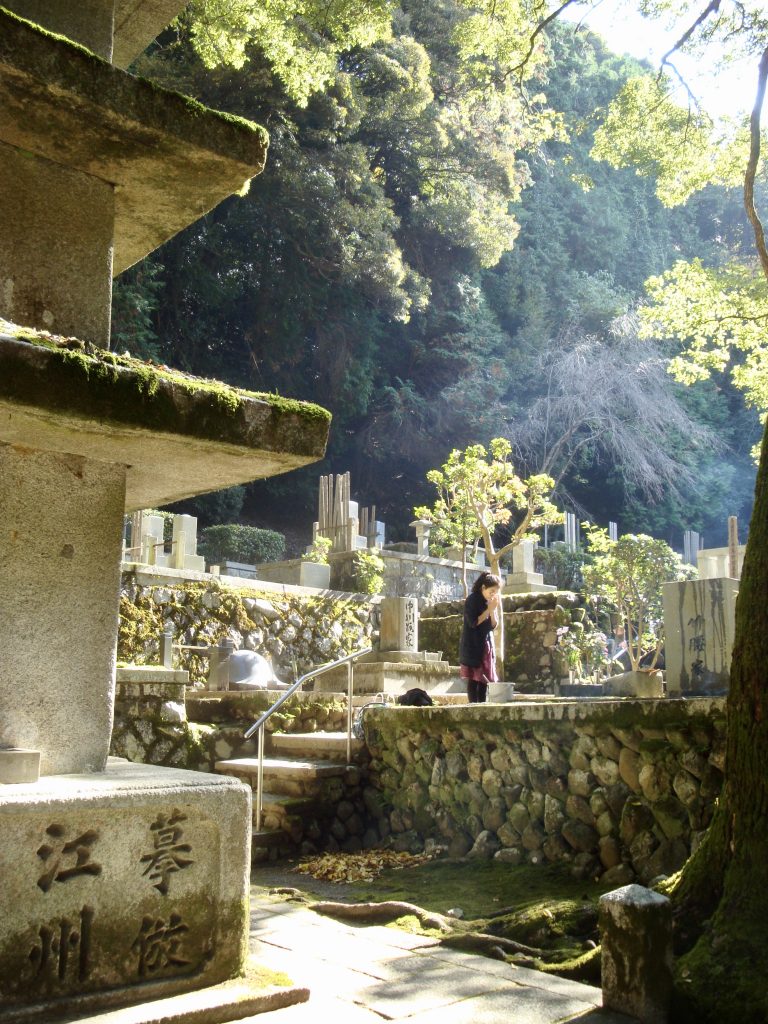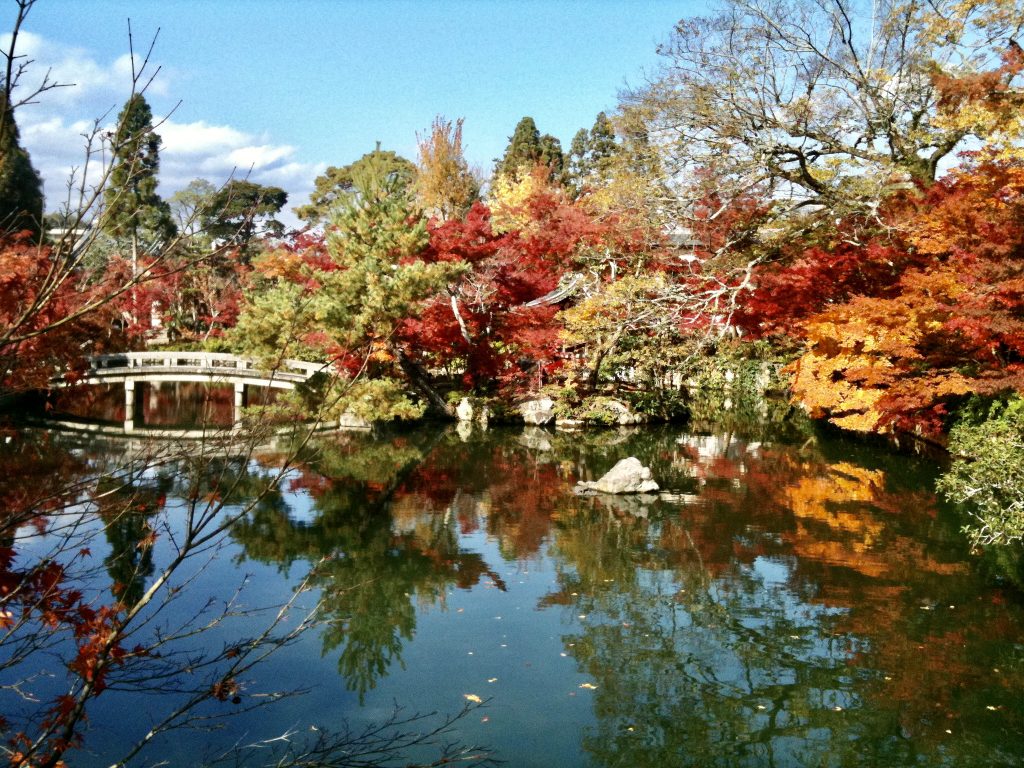
“Contrast makes life vivid.”
Kyoto is a city of contrasts, in which the traditional collides with the present, roads bustle near serene gardens, colorful kimonos dot the streets amidst a sea of grey and green, and geishas scurry to teahouses in the evening while businessmen stumble home from whiskey houses in the morning.
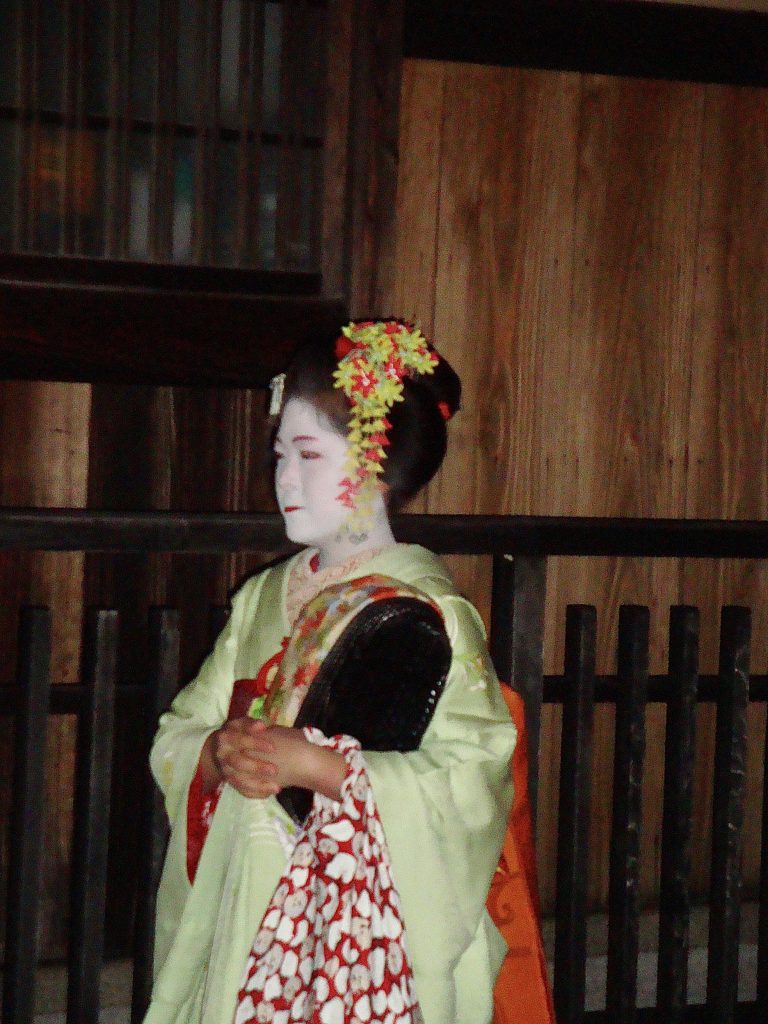
As more businessman than geisha, I found myself stumbling to my hotel on several late nights, forgetting its location as I was in a daze from swirling too much Suntory and Nikka whiskey. Though most bars close by 2AM, the smaller, local joints stay open till much later if patrons are still seated. When I picture Japan, I think of polite society — and nothing is more polite than allowing a patron to enjoy his bottle till it’s finished.
Though Kyotolites speak little English and my Japanese abilities are nonexistent, the conversations were pleasant and many of the bars were family-run which always adds to the ambience and distinctness to a neighborhood.
The Japanese are bounded by a sense of mutual trust and duty, which is evident in how very few bikes have locks attached to them at night. They trust that no one would steal them, for who would do such a thing?
For visitors, Kyoto is frequently rated as one of the most bicycle-friendly cities in Asia due to the sheer number of local bikers and its relatively flat landscape with grid-like design making it easy to navigate.
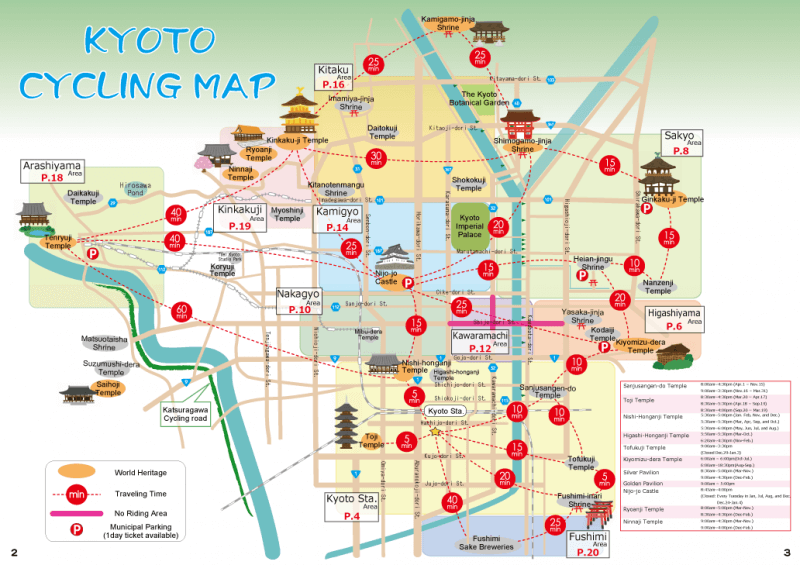
But what would biking be without interesting destinations to visit?
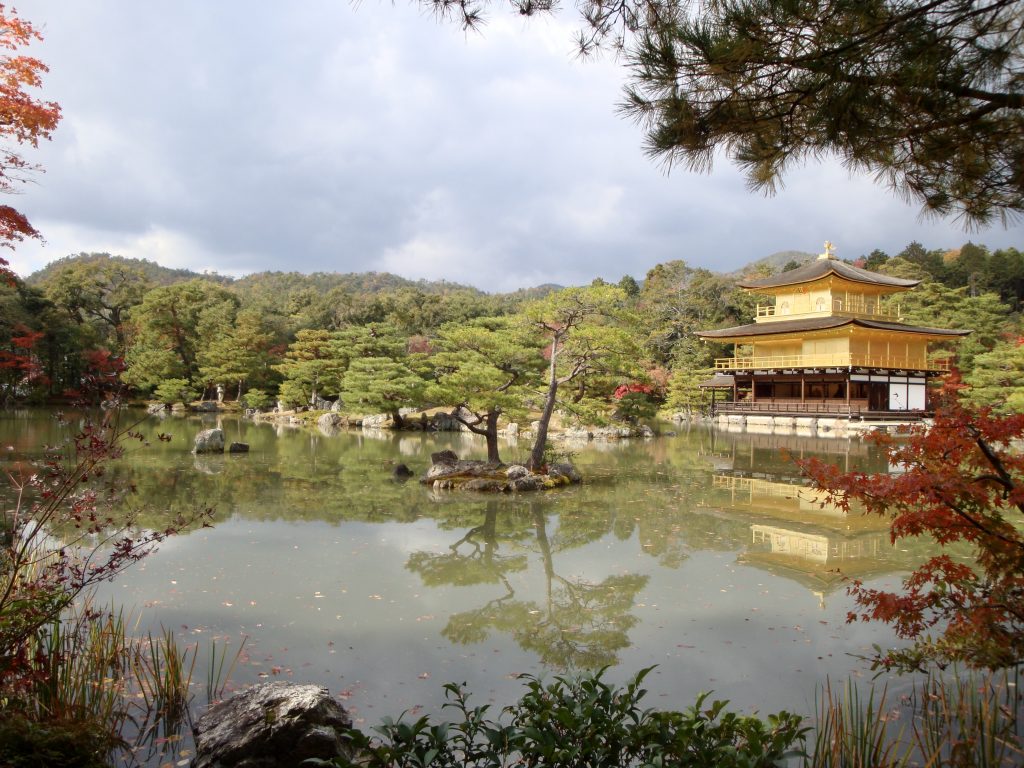
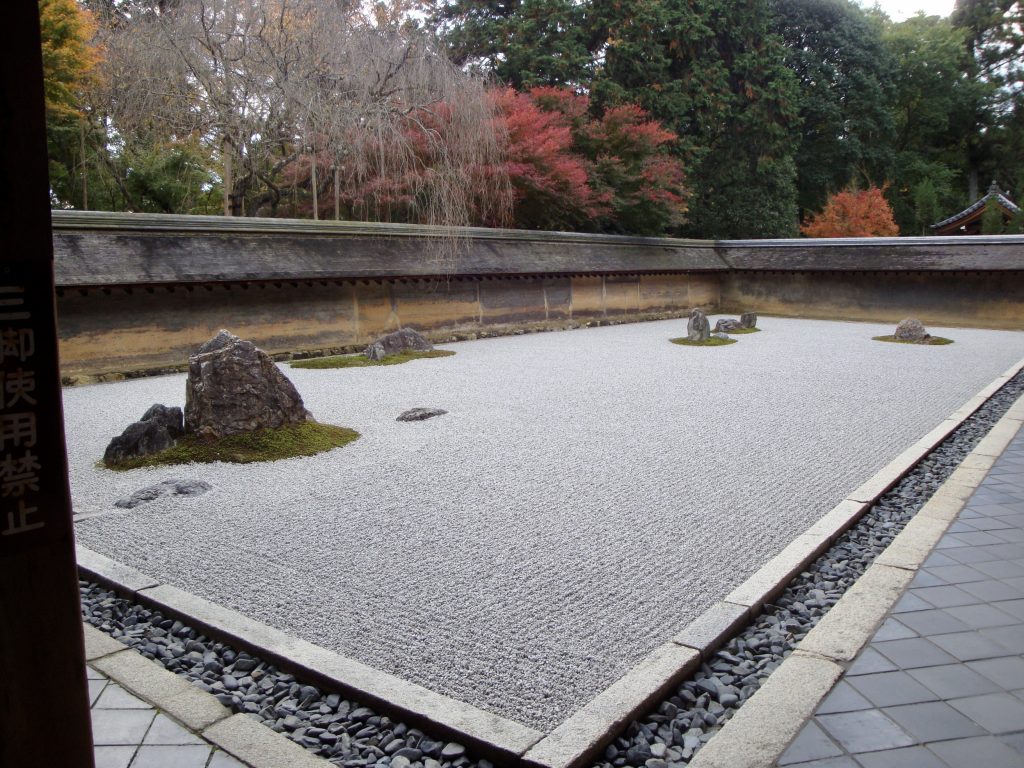
And what makes Kyoto one of my favorite cities is its uniqueness; there’s nothing quite like it and I have no idea what other city I can compare it to, from its origins as the birthplace of kaiseki cuisine (in which 6-15 dishes are served) to its historic temples and rock gardens.
Taking a 2-3 hour stroll through Fushimi Inari as you glance at locals making crafts, or taking a shorter walk through the Philosopher’s Path to enjoy the view of Cherry Trees, is as quaint and peaceful as life gets — all of which makes it understandable why Kyoto has the 4th longest life expectancy out of Japan’s 47 prefectures (at 84.38 years).
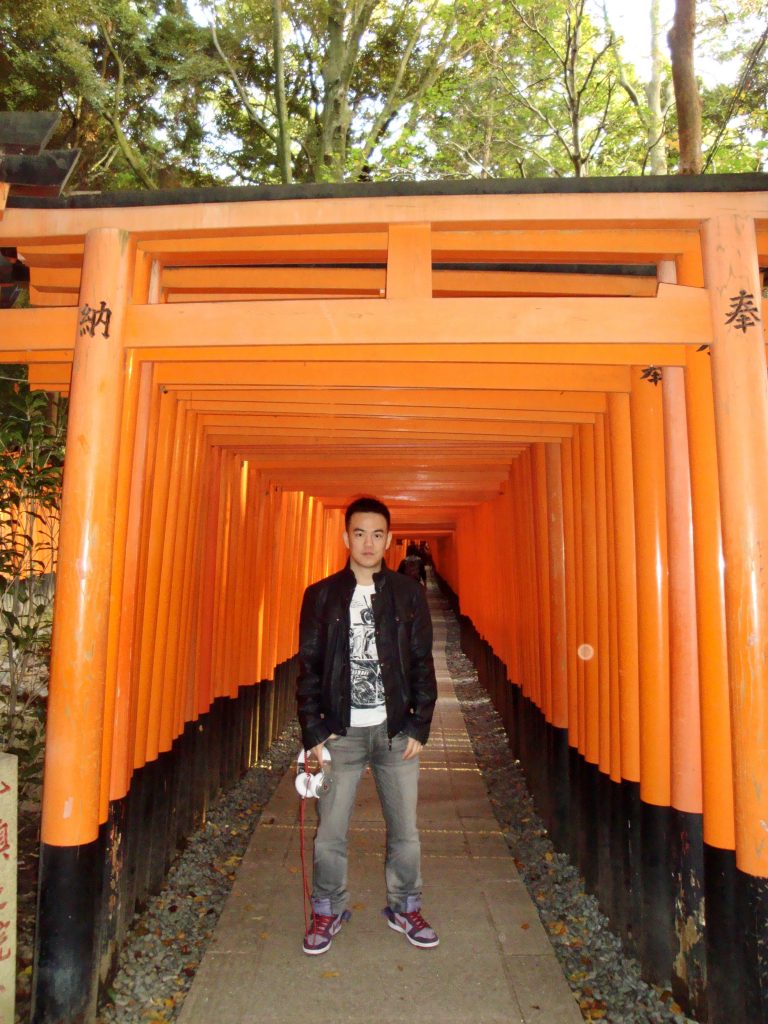
Kyoto is often considered the cultural heart of Japan and what’s beautiful is that, for a modern city, its traditions are still living, from the attire of its locals to the architecture of its temples — a sense of the past is ever-pervading and it’s not too difficult to imagine how life was like here centuries ago, something that is incredibly rare for a contemporary city to maintain.
